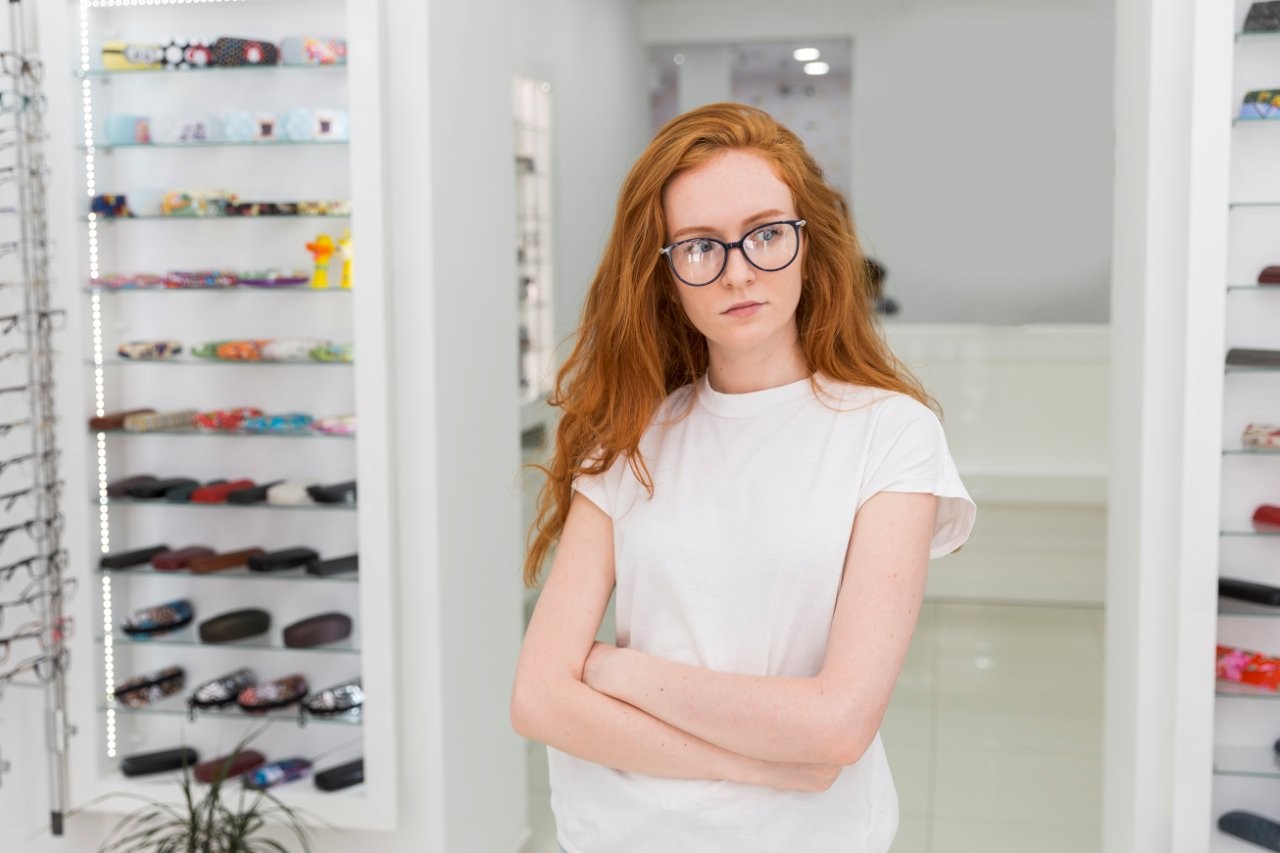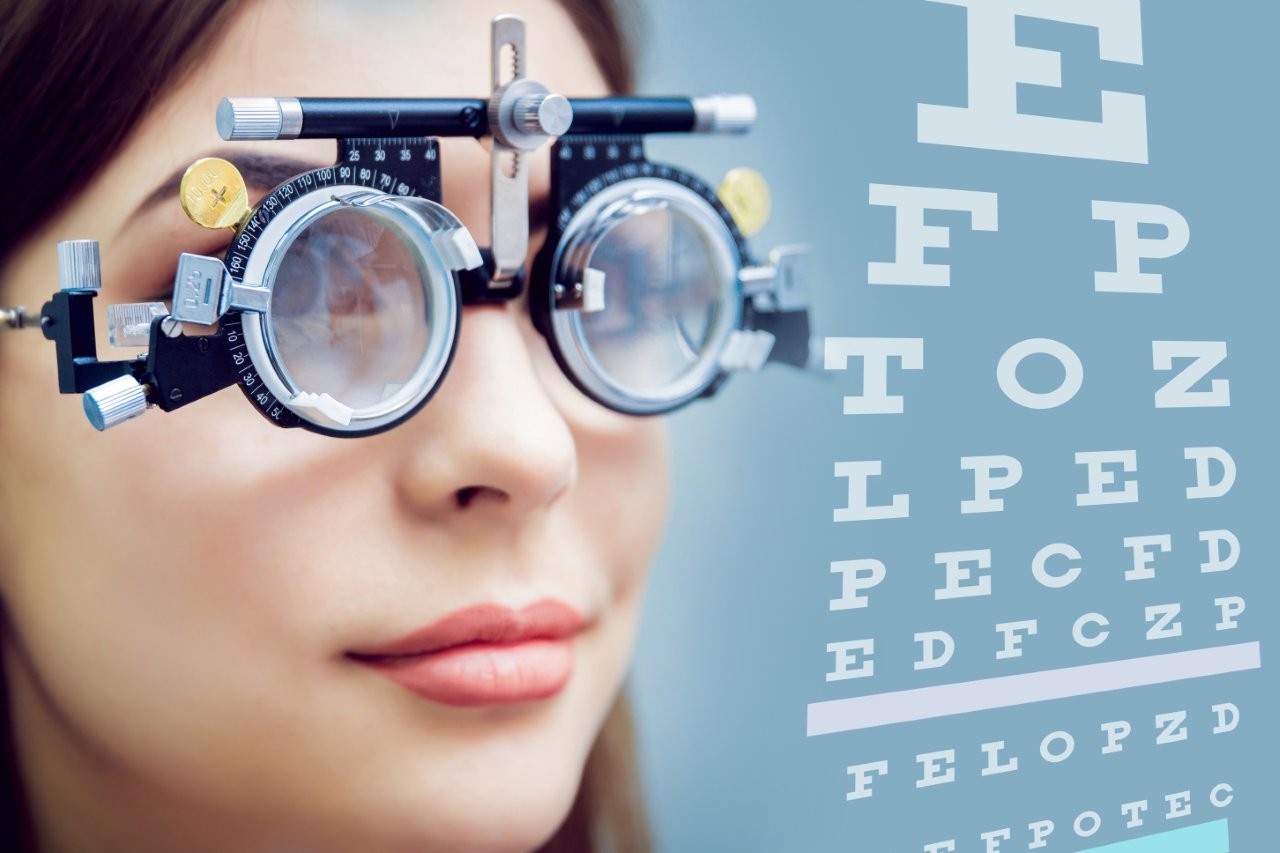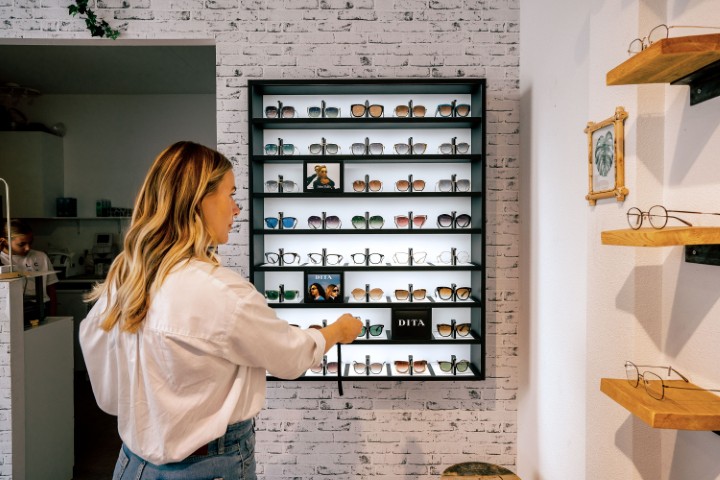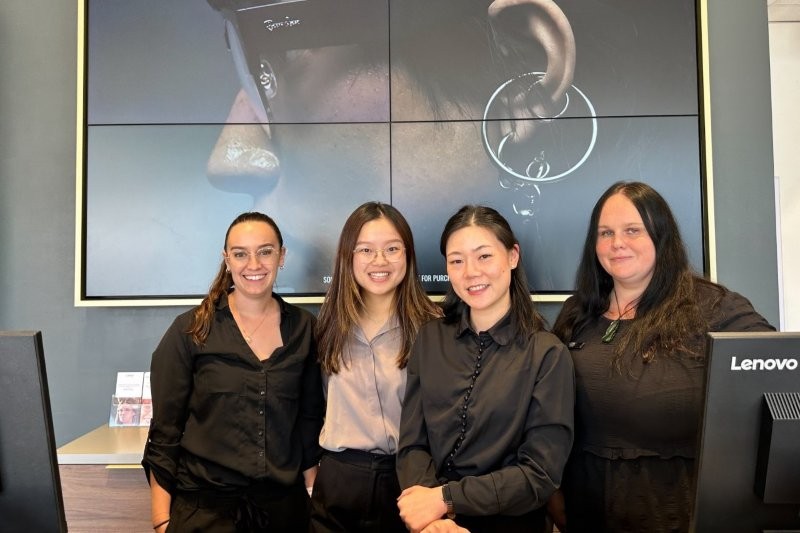The eye deal workplace
When you hear the term ‘health and safety at work’, I assume you automatically think about your own workplace, staff or safety spectacles. I do. But as dispensing opticians, there is much more we can do in the realm of workplace safety for our customers.
According to Professor Emeritus Ralph Chou from the University of Waterloo in Canada, eye injuries account for 5-10% of lost productivity in the workplace. Many are preventable, caused by inappropriate use of equipment or lack of eye protection. In fact, according to the American Academy of Ophthalmology, 90% of on-the-job eye injuries could be avoided if staff simply wore eye protection, especially as affected workers tend to be young and inexperienced or older employees who have fallen into poor habits. Injuries obviously increase employer and healthcare costs, and the injured employee can suffer earnings loss due to the long-term effects of reduced vision; they may even become unemployable in their vocation.
Expanding the DO’s role
Dispensing opticians are uniquely positioned to provide consulting services to maintain a safe workplace. Working with optometrists, dispensing opticians can identify hazardous situations in the workplace, analyse visual demands of workers and plan appropriate programmes to provide safety eyewear and help monitor the workers’ ocular health. They can also help perform workplace surveys and safety inspections, focusing on oculo-visual hazard analysis.
A safety inspection should scrutinise tasks and areas of the workplace that have the potential for ocular hazards by looking at the nature of the hazard, permitted limits of worker exposure, safe manual handling procedures and any emergency measures already in place. Even though mechanical hazards comprise approximately 70-80% of all work-related injuries and range in severity, other dangers include chemical, radiation or ergonomic hazards.
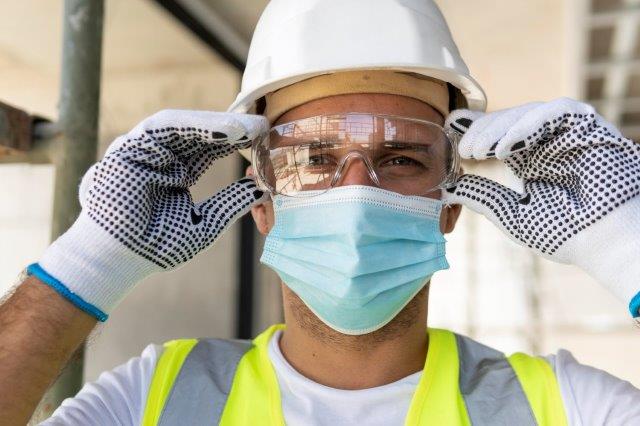
Credit: Freepik.com
Caused by moving objects or sharp surfaces, physical hazards are most common and can vary from superficial lacerations, ferrous foreign bodies causing possible siderosis (if left in) to deep permanent damage. Chemical hazards represent 10% of all eye injuries, with sources including volatile solvent vapours or splash injuries from highly concentrated solutions. Optical radiation is more common during the summer, as solar exposure of just 20 minutes between 10am and 4pm may result in sunburn or mild photokeratitis. Chronic high-level UVB retinal exposure in childhood may be a contributing factor in the development of dry macular degeneration later in life.
Enlightening home workers
A less obvious hazard is inappropriate illumination in offices or home-work spaces. As well as discussing computer vision syndrome, the dispensing optician is in the ideal position to assist customers in correct ergonomics, lighting and appropriate eyewear. A DO can simply ask their customer to download a luxmeter app on their smartphone, for example, to assess their own workplace or home office illumination. For tasks with low contrast or small font, 1,000-2,000 lux is recommended, while for occasional visual tasks its about 100-200 lux. Homes are usually 150 lux, while dining areas tend to be darker, about 25-50 lux. So perhaps ask if your patients are working at their dining tables.
Homes also lack strict safety officers to ensure their workers’ safety (unless you happen to live with one!) leading to nearly half of all eye injuries occurring at home. We can expect that statistic to increase with the growing work-from-home trend, so it’s worth discussing this with your customers when recommending eyewear.
Peeper protection in practice
Once you have a better understanding of where they work, their workplace tasks, the visual standard needed and their own oculo-visual levels, you can start recommending relevant products. Think outside the box here: don’t just think about the products you supply, but also ones that will benefit the customers holistically - task lighting, for example. On a side note, ask your patient if they have had a pre-employment assessment to ensure their workplace does not cause any harm?
Taking healthcare workers for example, a survey of their workplace ocular hazards might include the impact of biological substances or chemical solutions (drugs, disinfectant or cleaning materials) and optical radiation from medical lamps, lasers and, of course, any physical hazards present. What are their individual, specialised visual tasks? Could they be reading indicator strips, coloured or low-contrast labels with small fonts, or utilising various digital devices with different working distances, screen sizes and illumination?
Considering this brief assessment, which products would you recommend? An obvious start is appropriate visual correction, to ensure they can clearly read small fonts at all working distances, and spectacles that protect against chemical and biological splashes. So how often do you recommend safety glasses to your healthcare worker patient?
Only by asking questions and genuinely taking an interest in your customers’ visual needs at home and at work, can you really recommend appropriate solutions.
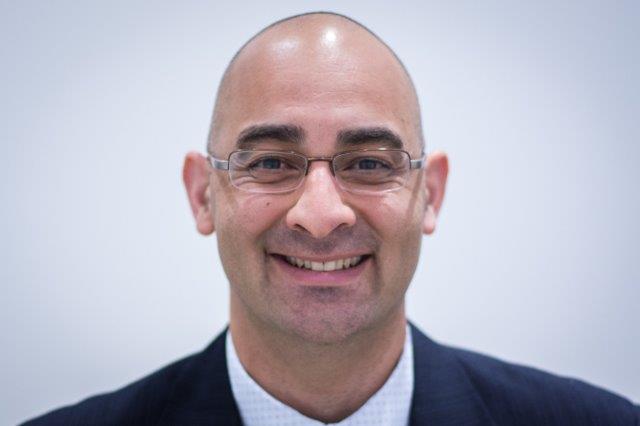
Chedy Kalach is a director and lecturer at the Australasian College of Optical Dispensing (ACOD). He has reviewed, edited and taught the Cert IV Optical and Dispensing course and the Diploma for Practice Management, and has lectured widely on dispensing optics and business management.









